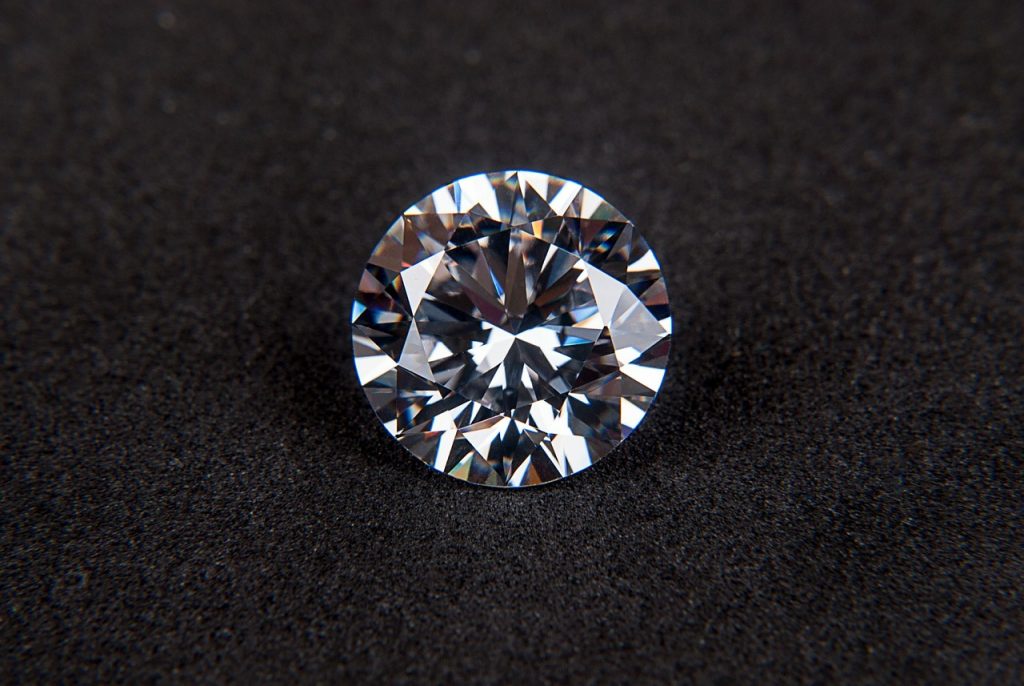You probably have a few things in mind about diamonds, but one can never call themselves an expert in choosing the right diamond cut, clarity, carat, and color—the four C’s that grade the quality of diamonds. These factors become an important tool for jewelers and buyers when choosing and grading a diamond. The four C’s became a standard in assessing a diamond, whose differences in quality are hard to judge with the naked eye.
If you want to buy a diamond wedding band, you should consider talking with an expert in precious stones. Yes, you should talk to your family and friends. They could have great suggestions and recommendations. But if you want quality stones, go to a jeweler and learn how to determine the most important factor out of the four C’s.
Cut
The cut of a diamond refers to the geometric proportions of the gem. The diamond’s cut will affect its sparkle and brilliance. It is the diamond’s cut that determines the stone’s ability to reflect light, which contributes to the overall appeal of the diamond. This is the most difficult factor to determine because it’s technical and scientific. There are three main kinds of diamond cuts: shallow, ideal, and deep.
Color
 A diamond can be colorless, near colorless, and yellow (fancy). The range of K, L, and M have a yellow tinge, while N, O, P, Q, R, and S-Z are very light yellow, with S-Z more yellow than N. The value of a diamond increases the more it becomes colorless. The less tinge of yellow the diamond has, the higher its value. Diamond experts will recommend that you don’t go lower than I in color. Diamonds in the D, E, and F range are colorless while G, H, I, and J are near colorless. The D-F range is more expensive.
A diamond can be colorless, near colorless, and yellow (fancy). The range of K, L, and M have a yellow tinge, while N, O, P, Q, R, and S-Z are very light yellow, with S-Z more yellow than N. The value of a diamond increases the more it becomes colorless. The less tinge of yellow the diamond has, the higher its value. Diamond experts will recommend that you don’t go lower than I in color. Diamonds in the D, E, and F range are colorless while G, H, I, and J are near colorless. The D-F range is more expensive.
Clarity
There are 11 grades on the clarity scale. FL stands for flawless, which means that there are no blemishes in the stone. IF stands for internally flawless. This means that it has no visible inclusions (nature’s birthmarks) and blemishes. Even if you put this diamond under a microscope, the imperfections would be impossible to detect. Other categories are VVS1 and VVS2, SI1 and SI2, and I1, I2, and I3. Clarity grades are determined using x10 magnification. If you want a good-quality diamond, don’t go lower than the SI level.
Carat
This is easier to determine. It is the physical weight of the diamond. The weight of diamonds and gemstones have been measured by carats since 1913. 1 carat is equal to 0.2 grams. The largest diamond in the world is called the Cullinan Diamond, which weighs 3,106.75 carats (621.35 grams). It was discovered in Cullinan, South Africa in 1905. The larger the carat size of the diamond, the more valued it is. The carats of expensive diamond engagement rings go anywhere from one carat to two carats.
There is no right or wrong answer to what is more important among these four C’s. Some prefer to sacrifice size for clarity and color. Some consider the size and cut more than clarity. Ultimately, choosing a diamond is up to your budget and preference.

